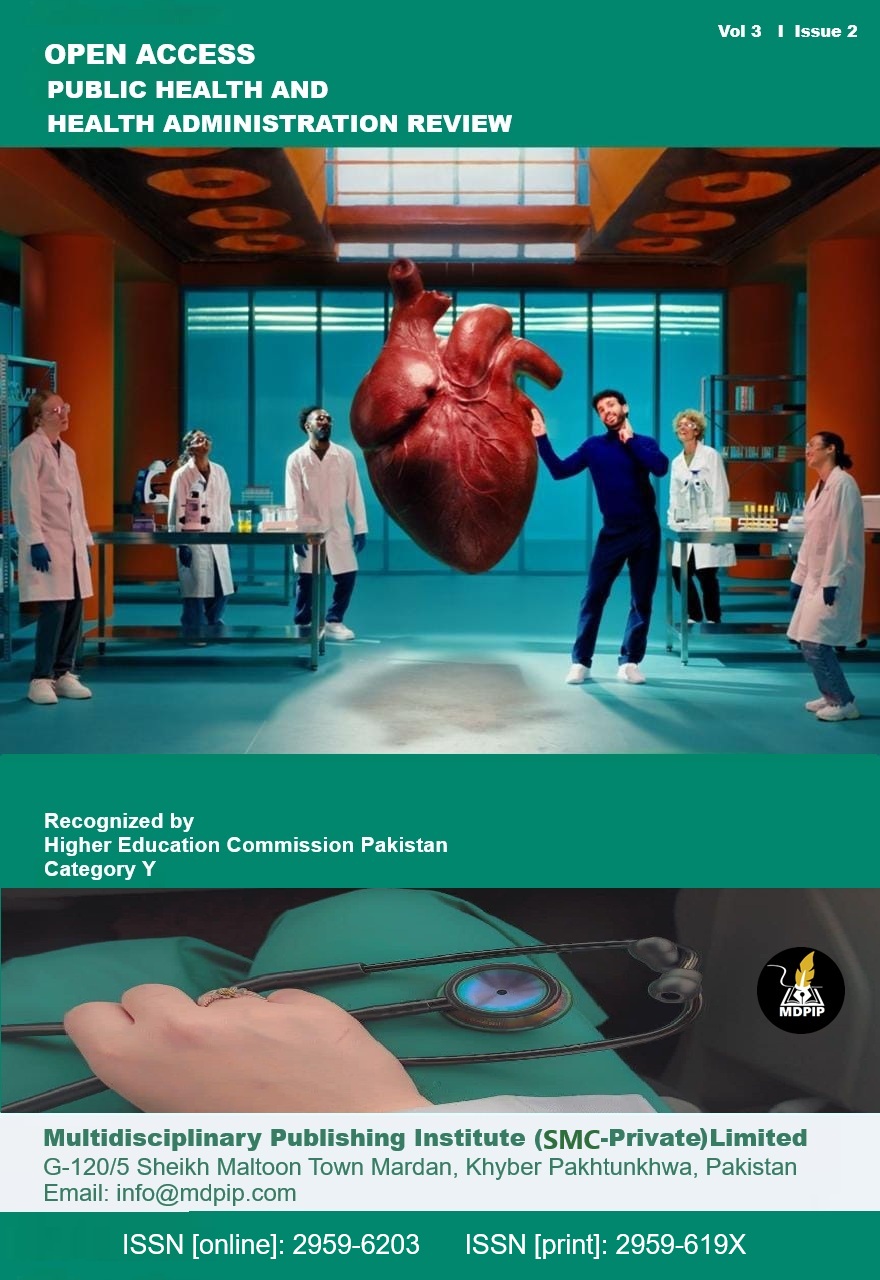Biochemical Characterization and Antibiotic Profile against Salmonella Species Isolated from Milk and Milk Products
DOI:
https://doi.org/10.59644/oaphhar.3(2).176Keywords:
Salmonella, Biochemical Characterization, Antibiotic Resistance, Food Safety, Milk and Milk ProductsAbstract
Salmonella species are among the most common foodborne pathogens associated with milk and dairy products. This study investigated the microbiological characteristics and antibiotic resistance patterns of Salmonella spp. in milk, ice cream, and cheese samples collected from August to December 2024 in Layyah District, Punjab, Pakistan. A total of 150 randomly selected samples (50 each of milk, ice cream, and cheese) were analyzed. Isolation and identification were performed using standard biochemical tests and further confirmed using the API 10S identification kit. Salmonella contamination was detected in 20% of milk samples, 10% of ice cream samples, and 6% of cheese samples. Among the isolates, Salmonella Typhi was the predominant serotype, found in milk (6 samples), ice cream (3), and cheese (2), followed by S. Paratyphi A in milk (4), ice cream (2), and cheese (1). Biochemical profiling revealed typical characteristics of Salmonella, including glucose fermentation with acid and gas production, hydrogen sulfide (H₂S) production, and citrate utilization. Antibiotic susceptibility testing using the disc diffusion method indicated significant resistance, with notably low zones of inhibition for oxacillin (0 mm), polymyxin B (0.9 mm), trimethoprim (0.8 mm), and amoxicillin (0.5 mm), while imipenem (10.7 mm), ciprofloxacin (10.8 mm), and clindamycin (10.3 mm) showed moderate effects. The findings highlight the public health risk posed by contaminated dairy products and the emergence of multidrug-resistant (MDR) Salmonella strains. Strengthening food hygiene practices, ensuring responsible antibiotic use in dairy production, and implementing robust surveillance measures are essential to safeguard public health and ensure compliance with food safety standards.






